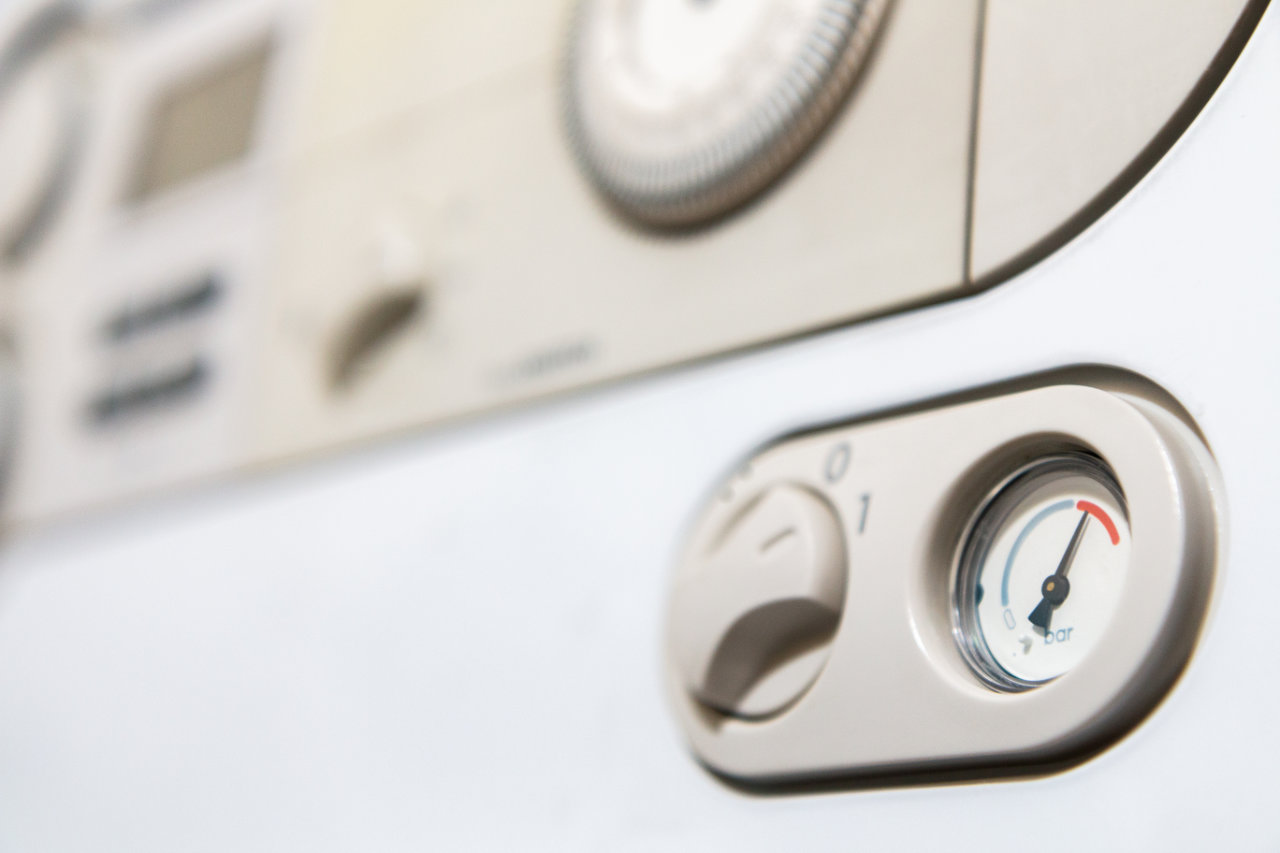How to Increase Boiler Pressure

Nobody wants to deal with boiler problems. They can lead to issues such as a cold bath, inefficient home heating, and ultimately costly boiler repairs. The cause of boiler problems are typically down to pressure.
If your boiler pressure is too low, where it is below 1 bar on the pressure gauge, this will result in a lack of constant hot water – not good for keeping your central heating system running smoothly or personal comfort. On the other hand, if your boiler pressure is too high, this could signify the system is suffering from a serious fault and it could result in expensive damage or even a dangerous situation if you don’t receive a boiler service ASAP.
Going back to low water pressure – if this is an issue you’re currently dealing with, you’re likely wondering how to increase your boiler pressure, so read on.
How to increase boiler pressure?
Before anything else, it’s important your boiler is switched off. Ensure your central heating system is cold, which should be achieved by keeping it out of action for at least an hour. Next you have to check the pressure by looking at the gauge. A pressure level that falls between 1 and 2 bars is necessary for your boiler to enjoy consistent, efficient water pressure.
If it’s below 1 bar, you have to repressurise your boiler to raise it to the required level. Before you dive into this, make sure you are able to safely complete the procedure on your own – the operating manual will detail if it’s viable or not.
If you are safe to proceed, here’s a quick rundown of how to increase pressure levels:
- Find the filling loop, on most gas boilers, this can be found on the underside. It will typically feature two valves, each with tap handles.
- Turn both valves to open them. This will release cold water into the heating system. The sound of water flowing should indicate it’s working.
- This will cause the pressure gauge to rise. Make sure to carefully observe the gauge. You want to avoid over-pressurising the boiler. 1.5 bar is the sweet spot. If you’re unable to see the gauge while turning the valves, ensure you have someone to assist you during this step.
- Fully close both filling loop valves. Now switch on your boiler again. Observe to see if the pressure remains within the desired 1 to 2 bars level.
Has the boiler maintained its pressure? Good news: it’s likely the issue has been resolved and no further steps are required. However, if the pressure drops down again and your home’s heating or hot water continues to fluctuate, it’s unlikely you will have the capability to correct the issue on your own.
This is when it’s recommended you reach out to the professionals. If you require assistance with your boiler’s pressure, get in touch with GJS Plumbing and Heating Services today. Our experienced plumbers will be able to diagnose the issue, fix it ASAP, and you can get back to having a stress-free boiler experience.
